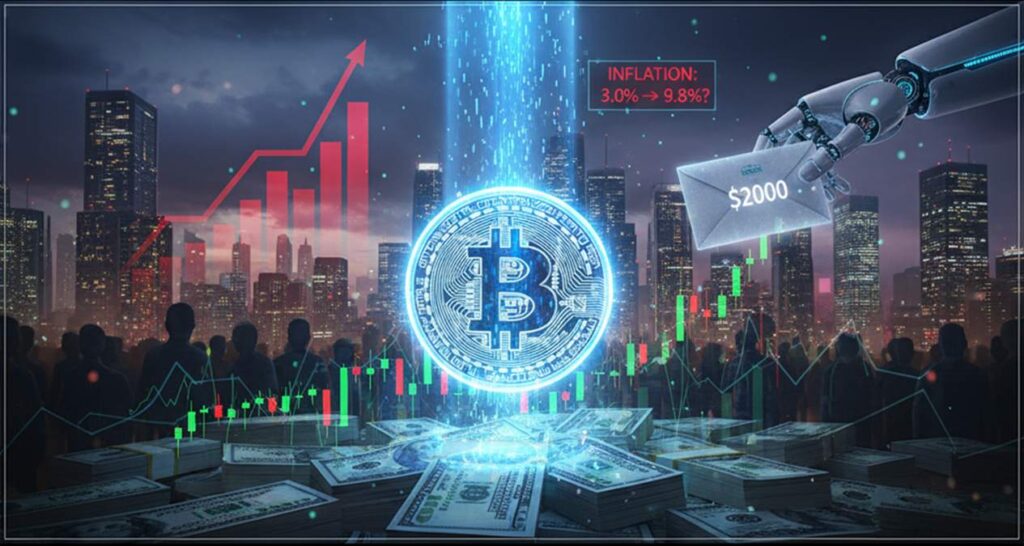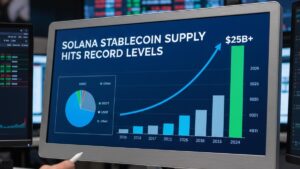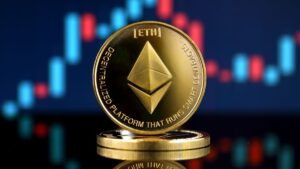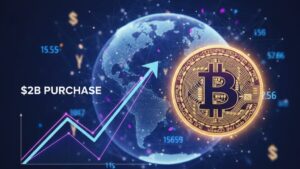TL;DR:
- President Donald Trump announced a “tariff dividend” of at least $2,000 for eligible citizens, funded by tariffs.
- Crypto analysts predict a market surge, comparing it to the 2021 stimulus that boosted BTC and ETH.
- Experts warn it could be a tax reduction, not a check, and could trigger inflation if combined with Fed rate cuts.
A new tariff dividend program was announced by US President Donald Trump, promising a payment of at least $2,000 per eligible US citizen, excluding high-income earners. This policy could inject over $440 billion into the economy, and experts are debating whether it will provoke the next major bull run in the crypto sector or reignite inflationary pressures.
In a post on Truth Social, Trump defended his tariff policy, stating that the country is “taking in Trillions of Dollars” which will soon begin to pay down the $37 Trillion debt. As part of this income, he announced the dividend.
According to The Kobeissi Letter, over 85% of US adults (approximately 220 million people) would qualify, resulting in a distribution of $440 billion. This has drawn comparisons to the 2021 stimulus checks, which drove massive consumer spending and a rally in risk assets.

The Potential Effect of the Tariff Dividend on Crypto
Cryptocurrency market analysts see this measure as a potentially massive catalyst. Commentator CryptosRus predicts a “massive liquidity surge” that could boost markets, especially risk assets like cryptocurrencies.
Other analysts, like Money Ape, draw a direct parallel to the COVID-era stimuli. In that period, Bitcoin surged 20-fold, Ethereum 50-fold, and some altcoins saw gains of over 100-fold. The expectation is that this new dividend could trigger a similar rally.
However, the optimism faces two major obstacles. First, Treasury Secretary Scott Bessent warned that the dividend could come in the form of tax reductions (like no tax on tips or overtime) rather than direct checks. If this is the case, there would be no immediate cash injection into the economy.
Second, The Kobeissi Letter warned about macroeconomic risks. The last stimulus helped inflation soar close to 10%. With current inflation rising again to 3% and the Federal Reserve already cutting interest rates, a new stimulus could “add fuel to the fire.” Markets are now awaiting official details to determine if this policy will be a real stimulus and what its true effect of the tariff dividend on crypto will be.










